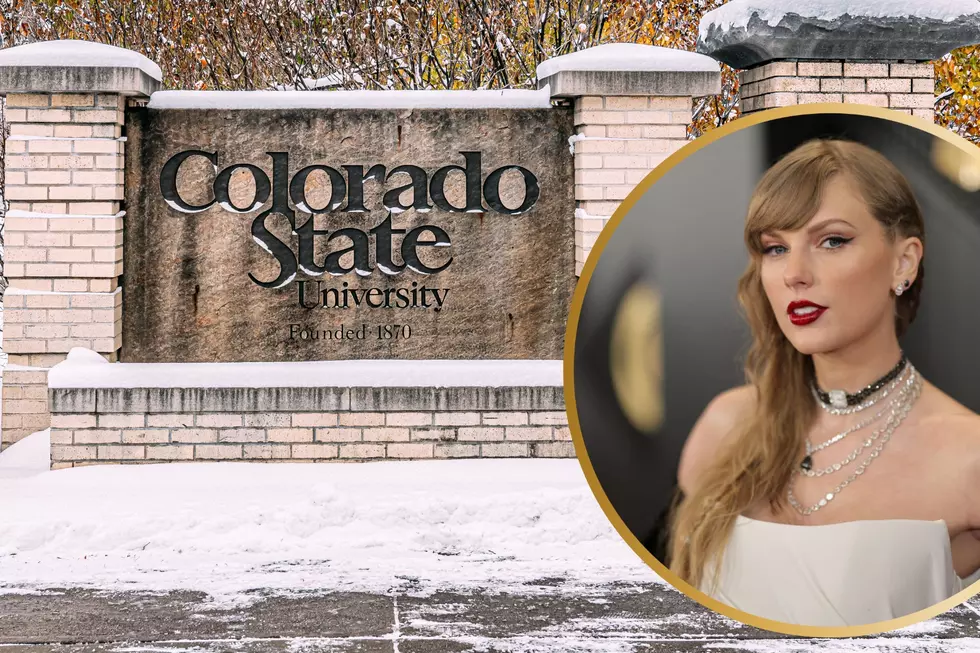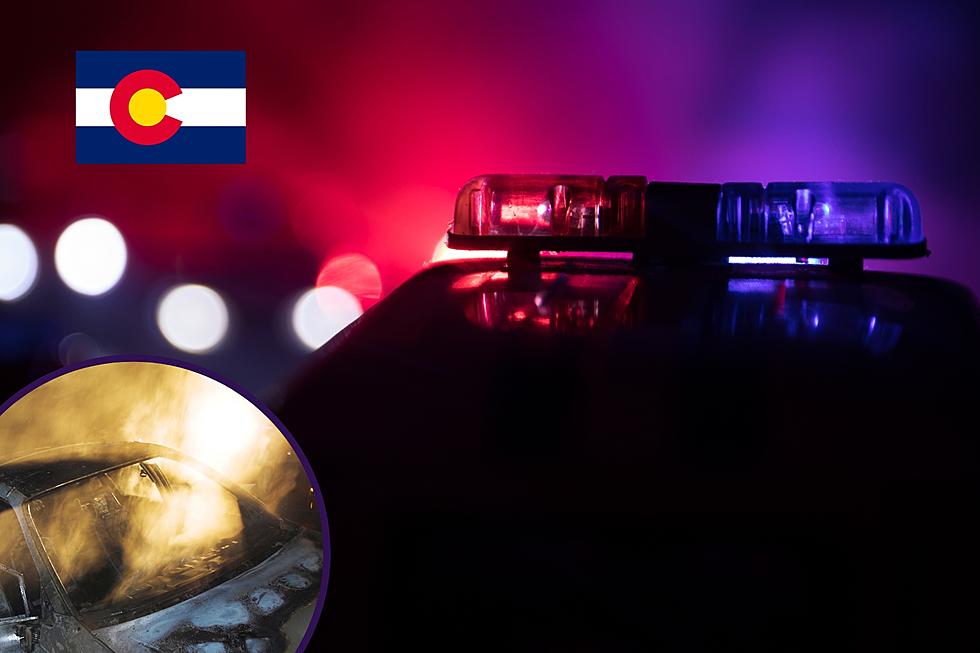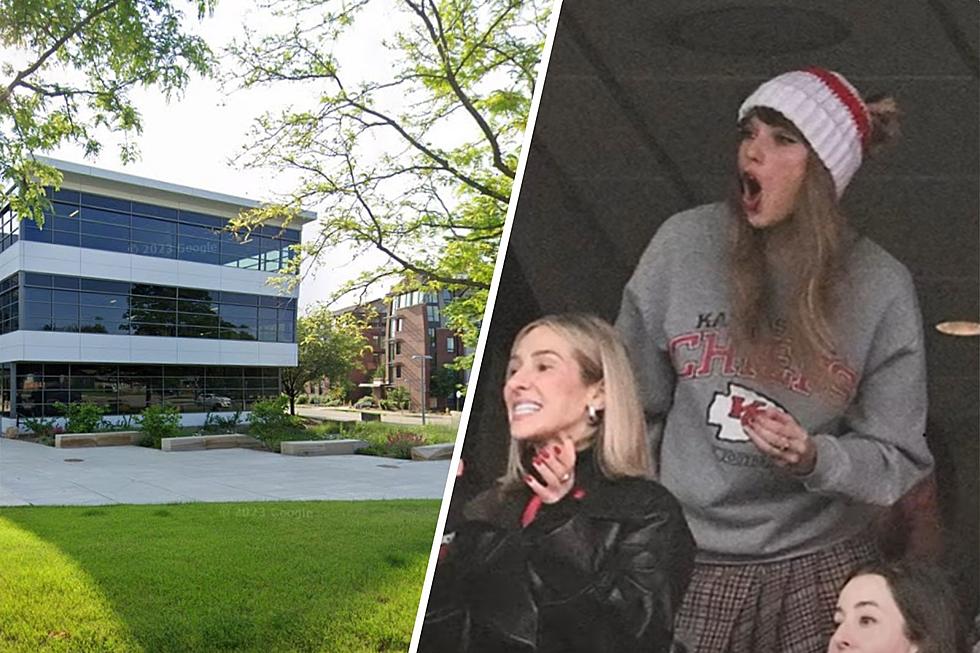![Bison Released on Natural Area North of Fort Collins – One Year Later [PICTURES]](http://townsquare.media/site/48/files/2016/11/BisonFeature.jpg?w=630&h=420&zc=1&s=0&a=t&q=89&w=980&q=75)
Bison Released on Natural Area North of Fort Collins – One Year Later [PICTURES]
10 American bison released one year ago on a natural area north of Fort Collins has now expanded to 16 healthy animals. According to a story from Colorado State University, Six fuzzy bison calves, three males and three females, were born unassisted on the prairie last spring and early summer.
The Laramie Foothills Bison Conservation Herd galloped onto 1,000 acres at Soapstone Prairie Natural Area and Red Mountain Open Space on Nov. 1, 2015. This YouTube video shows the release of the bison:
The project began as a simple concept – return an iconic species to its native landscape. However, it is producing profound conservation and cultural rewards, both in northern Colorado and across the country.
The Laramie Foothills Bison Conservation Herd is unique for representing the wellspring of heritage genetics found in and around Yellowstone National Park. With help from a scientific workaround, collectively known as assisted reproductive technologies, the herd is free from brucellosis, a worrisome infectious disease that plagues bison in the Greater Yellowstone Area and typically prevents the animals and their diverse genetics from moving beyond those geographic confines.
The bison reintroduction was conceived during planning for public lands managed by the City of Fort Collins and Larimer County. The U.S. Department of Agriculture joined the effort to relocate Yellowstone bison, which were held in quarantine on CSU’s Foothills Campus.
Laramie Foothills Bison Conservation Herd 1st Year Milestones:
- Six calves were born in the bison pasture at Soapstone Prairie Natural Area and Red Mountain Open Space.
- Disease-free bison embryos with complete Yellowstone genetics were transferred into a total of 10 surrogate mothers in bison conservation projects overseen by the Minnesota Zoo and the Wildlife Conservation Society’s Bronx Zoo.
- Embryos were transferred into 10 bison cows overseen by the USDA’s Animal and Plant Health Inspection Service on the CSU Foothills Campus.
- A disease-free bison bull, originally from Yellowstone and held in quarantine by USDA-APHIS Veterinary Services, joined the northern Colorado herd in spring 2016 to father as many as eight calves, whose birth is expected in spring 2017. The bull will likely move on to a conservation herd at Midewin National Tallgrass Prairie in Illinois.
- Bison conservationists with the American Prairie Reserve in Bozeman, Mont., are expected to visit this fall to discuss potential collaborations.
- A research project involving CSU’s Warner College of Natural Resources and Denver Zoo is assessing ecological and cultural impacts of the Laramie Foothills Bison Conservation Herd.
Help the herd!
The Laramie Foothills Bison Conservation Herd is funded by partner agencies and private giving. Contributions help pay for fencing, animal-handling facilities, supplies, veterinary are, and laboratory staff. To donate, visit the Giving website.
Pictures I took of last year's bison release:
More From K99









